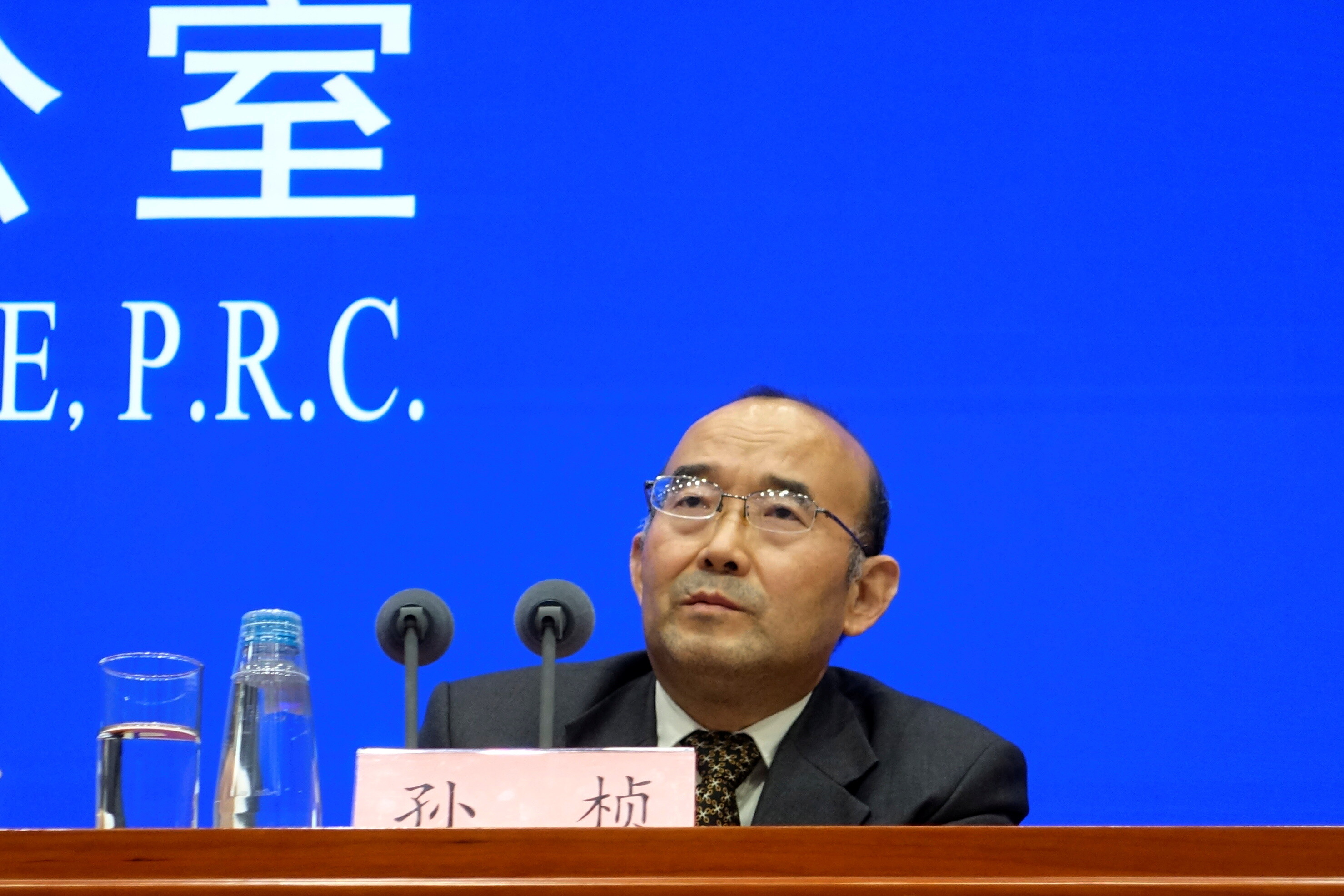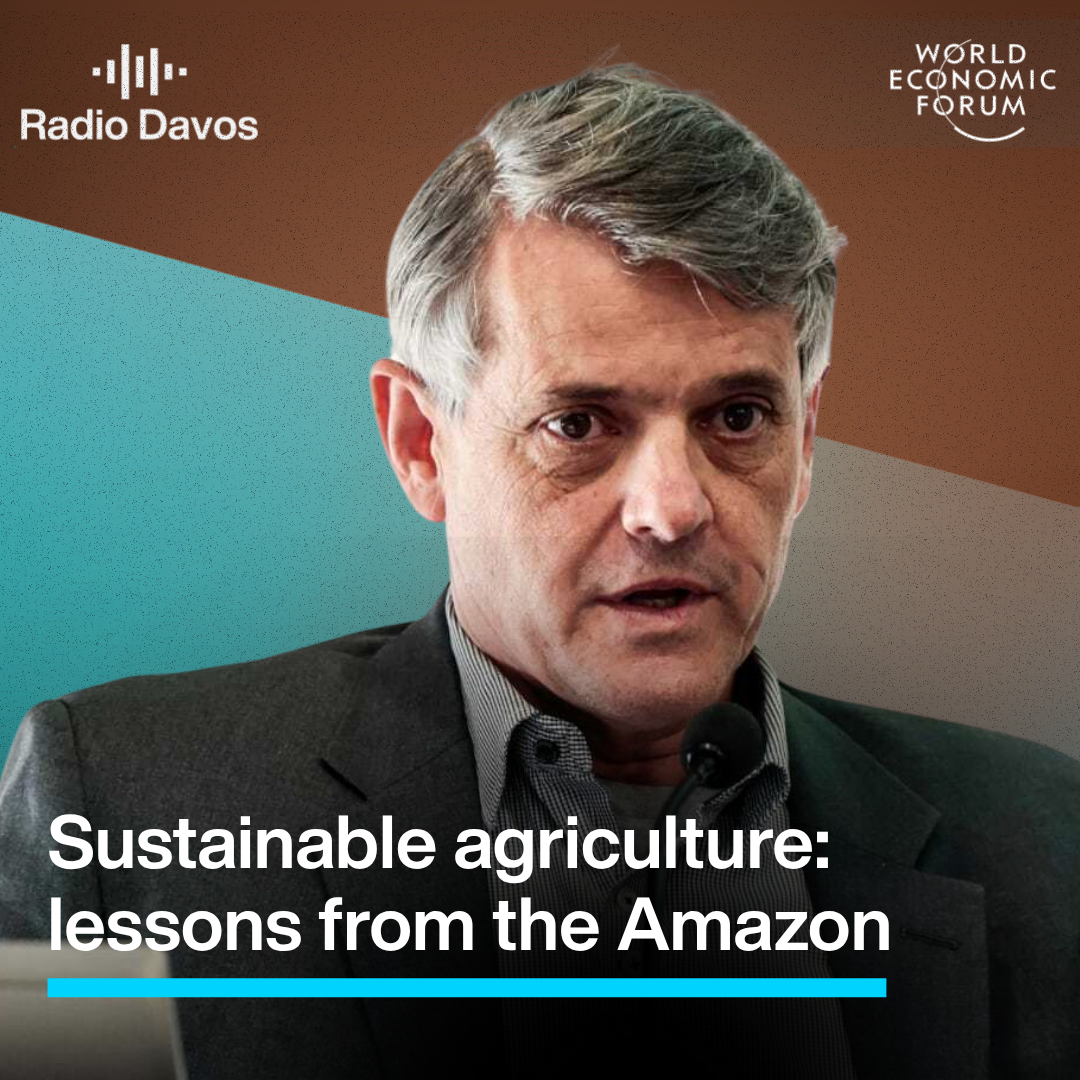For climate policies to stay on track we must prepare for transition risks

The gilets jaunes protests revealed the disparity between government climate policies and populist public opinion. Image: REUTERS/Philippe Wojazer.
- 2021 could be a pivotal year for climate policy as a growing number of countries and companies increase their environmental ambitions.
- Ahead of COP26 policymakers must prepare for “transition risks” that increasingly bold climate policies are likely to trigger.
- Policies are starting to be adopted but a more holistic and proactive approach is needed to avoid small risks becoming significant barriers to change.
The world is well behind target on its climate change goals, but there are growing signs of accelerating action. More and more countries are committing to carbon neutrality in two or three decades. Oil and gas companies are under increasing pressure from investors and activists to do more. COP26 in Glasgow later this year offers the prospect of renewed momentum.
These are all welcome steps, but more climate action is urgently needed. Progress on decarbonization has been so slow until now that it will be necessary to make dramatic moves. But this pace of change increases the likelihood of unforeseen disruptions. Policymakers must therefore prepare for the “transition risks” that increasingly ambitious climate policies are likely to trigger.
Transition risks are a classic example of a risk-risk trade off, where the measures introduced to mitigate one risk become the source of additional risks. In the case of decarbonization, these secondary risks are small compared to the huge benefits of mitigating climate change.
However, if not addressed in time, they could still slow or derail crucial policies, as happened with the gilets jaunes protests in France – anger at hikes in fuel tax turned into violent clashes against President Macron's government, who insisted the measure was designed to reduce reliance on fossil fuels. The dynamic and interconnected nature of the transition means tiny initial risks can quickly grow into significant barriers.
What’s the World Economic Forum doing about climate change?
Much of the initial focus on transition risks has been in the financial sector, largely due to the work of the Taskforce on Climate Related Disclosures. But decarbonization is going to reach into every facet of life and so are the associated risks. To address these risks, EPFL's International Risk Governance Center (IRGC) – part of the Swiss research institute and university École Polytechnique Fédérale de Lausanne – brought together a group of international experts for a workshop last year. The resulting policy brief highlights eight key transition risk categories: economic, financial, societal, environmental, technological, energy-related, geopolitical and corporate. Distributional factors figure prominently: there will be winners and losers in the low-carbon transition, both within and between countries.
Some of these transition risks have already begun to crystallize. In addition to the gilets jaunes, there have been protests in Ecuador over the withdrawal of fossil-fuel subsidies pushing up petrol prices. Australia has moved slowly on the transition and now has to scramble to respond to slumping demand for its coal exports. The race for control of clean energy technologies is starting to affect the global balance of power, with China leading on many fronts.

What can be done?
Policies are already being but in place. For example, the Task Force on Climate-related Financial Disclosures regime is gaining momentum, and looks set to be put on a statutory basis in some countries. In the EU, the ambitious Green Deal is accompanied by the Just Transition Mechanism, which is designed to support those regions and communities that are going to be worst affected by the winding down of old energy sectors.
But beyond case-by-case responses to individual transition risks, a wider systems perspective on transition risks is needed. Without that, the complexity of the transition will be missed and policy responses will be hampered. Complex interconnections between the different risk categories can lead to systemic risks, but they can also lead to opportunities. Embracing this complexity can help support the transition, for example by identifying “catalysing policies” that act on key leverage points and can unlock rapid progress, as happened with solar feed-in tariffs in Germany.
Interestingly, central banks are already calling for greater policy attention for complexity dynamics in this area. The Green Swan report, published by the Bank for International Settlements (BIS) and the Banque de France, calls for methodological experimentation to help capture the effect on the financial system of societal, geopolitical and other risks that are not easily quantified.
Other recommendations in the IRGC report include the need for regional and sectoral transition risk maps to reveal where vulnerabilities lie, and for institutional capacity building to ensure that governments and organizations are equipped to respond. The report also cautions that contingency planning is needed, in case preparations fail and transition-related crises erupt.
Getting the world to focus on climate change is a huge challenge. The history of climate policy is littered with false starts and missed opportunities. But there is a window of opportunity now, with signs of new momentum and consensus ahead of COP26 in November. Bold moves are needed, which may lead to some disruption. Being proactive about this disruption must be an integral part of the world’s climate change strategy. Now is the time to identify, assess and manage transition risks.
Download the report: Risk governance and the low-carbon transition
Don't miss any update on this topic
Create a free account and access your personalized content collection with our latest publications and analyses.
License and Republishing
World Economic Forum articles may be republished in accordance with the Creative Commons Attribution-NonCommercial-NoDerivatives 4.0 International Public License, and in accordance with our Terms of Use.
The views expressed in this article are those of the author alone and not the World Economic Forum.
Stay up to date:
Climate Crisis
Related topics:
Forum Stories newsletter
Bringing you weekly curated insights and analysis on the global issues that matter.







